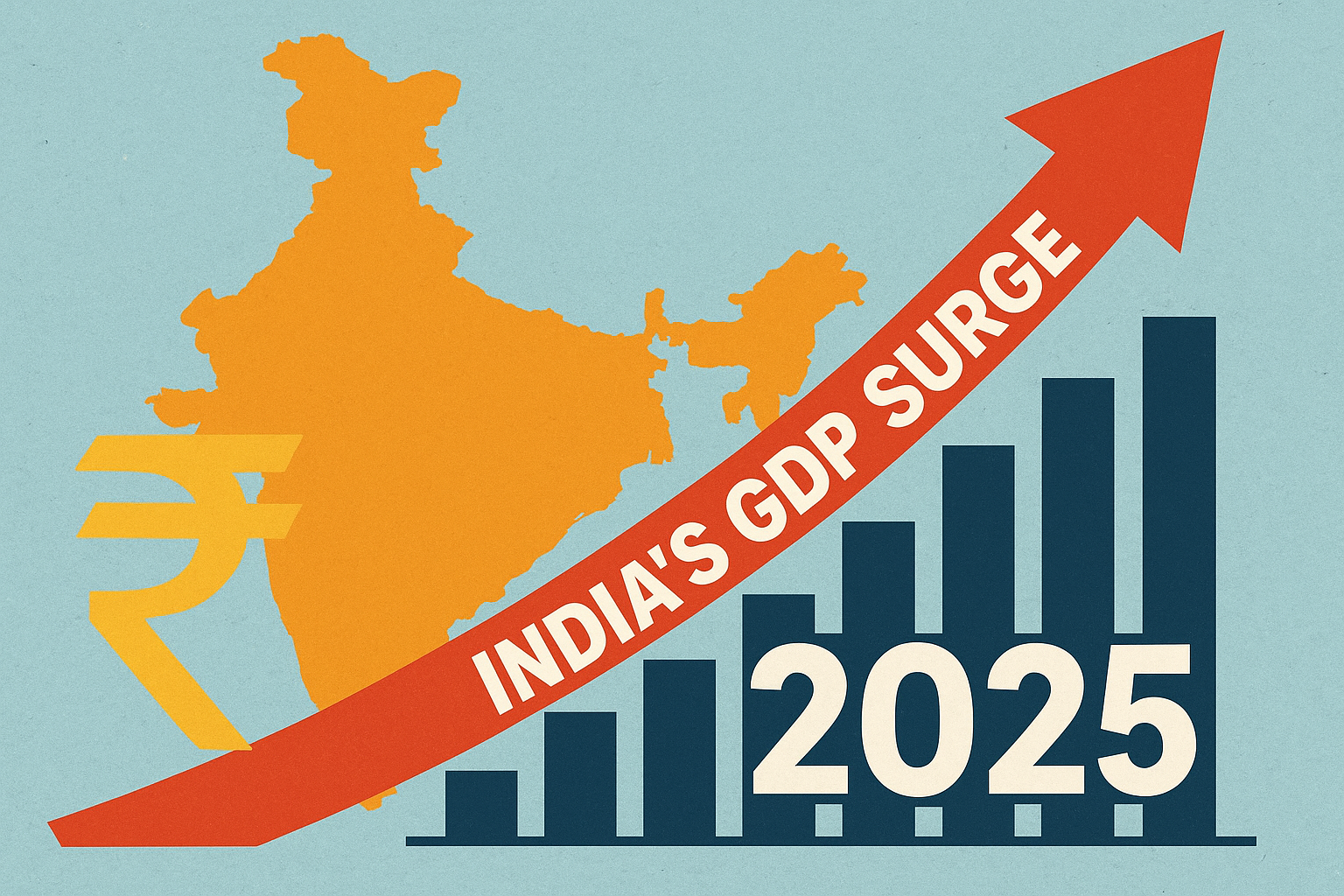Tax regimes have evolved, but which one fits your financial position? Dive into the pros and cons of each and make an informed decision today!
Table of Contents
In the interim budget 2024, Finance Minister Nirmala Sitharaman announced an update on India’s income tax regime. According to that, the new tax regime will now be the default option for taxpayers. This goal is to streamline the tax filing procedure.
Source: Zee Business
However, those who prefer the traditional approach can still stick to the old tax regime. The ability to choose between the two options empowers taxpayers to select the one that best fits their budget.
It’s also crucial to remember that a person’s income source determines their flexibility in switching tax regimes. Salaried professionals are free to move between regimes as often as they like in a financial year. In contrast, individuals falling outside these categories are limited to selecting their regime once in their lifetime, making their decision more permanent.
So, before making any decisions, it’s imperative to understand both regimes. Here’s a guide on how to go about it.
Old tax regime
Before the new tax system’s implementation in 2020, many people were familiar with the old tax system, which provided a broad range of deductions and exemptions that allowed taxpayers to reduce their taxable income.
Source: Income Tax India
Pros:
- Extensive deductions and exemptions: With over 70 options available in deductions and exemptions, taxpayers can drastically reduce their taxable income.
- Investment encouragement: Promotes investing and savings in instruments like the Equity-Linked Savings Scheme (ELSS), National Pension System (NPS), and Public Provident Fund (PPF), benefiting from deductions under various sections like 80C, 80D, etc.
- Familiar system: Having been the norm for years, many are well-acquainted with its workings, making it easier for those familiar with its nuances.
Cons:
- Higher tax rates: Although deductions lower taxable income, the old system has marginally higher tax rates for some income brackets than the new system.
- Complexity: Due to the complicated nature of the system and its long list of exclusions and deductions, filing taxes may be a difficult undertaking that calls for careful record-keeping and may even require expert help.
- Limited flexibility: After deductions are taken, it is difficult to amend your tax-saving plan during the same fiscal year, potentially limiting your ability to respond to financial changes.
New tax regime
The new tax regime aims to streamline the tax filing process with its simplified structure and lower tax rates. However, this regime limits the availability of deductions and exemptions.
Source: Income Tax India
Pros:
- Simplified tax process: Lower tax rates across wider income slabs, ranging from 0% to 30%, make tax calculations more straightforward.
- Higher basic exemption and rebate: The basic exemption limit has increased to ₹3 lakhs, with a tax rebate raising the effective tax-free income to ₹7 lakhs under section 87A.
- Standard deduction included: A standard deduction of ₹50,000 is now available, reducing taxable income across the board.
- Reduced surcharge for HNIs: High Net-worth Individuals (HNIs) benefit from a surcharge reduction from 37% to 25% for incomes exceeding ₹5 crores.
Cons:
- Fewer deductions and exemptions: The new regime offers limited options for deductions and exemptions, potentially leading to higher taxable income for those who previously leveraged these to lower their tax liability.
- Diminished incentives for savings: The lack of tax-saving incentives may deter investment in certain savings schemes, impacting long-term financial planning.
- One-time choice for business owners: Those with income from business or profession have to make a permanent decision when opting for the new regime, lacking the flexibility to switch back.
Old tax regime vs new tax regime
Comparing the old and new tax regimes highlights the differences in their approach to deductions, exemptions, and tax rates. Let’s use a hypothetical example to understand this better.
Say, Priya, who earns ₹10,00,000 annually. Under the old tax regime, Priya can claim deductions for investments and expenses, whereas the new tax regime offers simplified tax slabs but limits to only a standard deduction of ₹50,000.
| Particulars | Old Tax Regime (Rs.) | New Tax Regime (Rs.) |
| Salary Income | 1000000 | 10,00,000 |
| Deductions | 200000 (PPF, ELSS, etc.) | 50000 (Standard deduction) |
| Taxable Income | 800000 | 950000 |
| Income Tax Calculation | (0.05* 250000)+(0.2*300000) | (0.05*300000)+(0.1*300000)+(0.15*250000) |
| Income Tax | 72500 | 52500 |
| Cess @4% | 2900 | 2100 |
| Total Income Tax | 75400 | 54600 |
In Priya’s scenario, the choice between regimes depends on his expenses and investment habits.
If Priya has significant deductible expenses, the old regime could result in greater tax savings despite its higher complexity.
Conversely, if Priya prefers simplicity and has minimal deductible expenses, the new regime might be more advantageous despite a higher gross taxable income.
The decision between the old and new tax regimes is subjective and should be made after a careful assessment of one’s financial situation, deductible expenses, and investment habits.
How to switch?
Switching between the old and new tax regimes is a flexible process designed to cater to the diverse financial situations of taxpayers. Here’s a simplified guide on how to switch between these tax regimes:
Step 1: Determine eligibility
First, check your eligibility. Salaried individuals can switch between regimes yearly, while those with business income have a one-time choice.
Step 2: Choose the correct form
For salaried individuals, the Income Tax Return (ITR) form ITR-1 (SAHAJ) or ITR-2 allows you to select your preferred tax regime directly. Those with business income must use Form 10-IEA to opt out of the new regime.
Step 3: Filing the ITR
When filling out your ITR:
- Salaried individuals: Choose between the old and new regimes within the ITR form itself. This option is clearly indicated in the form.
- Business income: Submit Form 10-IEA before the ITR filing deadline if opting out of the new regime. Then, while filing your ITR, select the regime accordingly.
Key Points to Remember:
- Deadline: Ensure all decisions and submissions are made before the ITR filing deadline, typically July 31st of the assessment year.
- Documentation: Although switching is straightforward, maintaining proper documentation for deductions and exemptions is crucial, especially if opting for the old regime.
- Consultation: Consider consulting a tax professional if unsure about which regime benefits you more based on your financial situation and future plans.
Bottomline
The ultimate objective of every tax system in India is to satisfy the various financial requirements of its citizens. Make sure your decision is in line with your financial obligations and aspirations, regardless of whether you prefer the new regime’s more straightforward approach or the old regime’s more rigorous approach to maximising deductions.
DISCLAIMER: This article is not meant to be giving financial advice. Please seek a registered financial advisor for any investments.
- Make in India 2.0: How Manufacturing Is Reshaping Market Sentiment - December 13, 2025
- Real Estate Boom : Why Tier-2 Cities Are Attracting Big Investors - December 12, 2025
- India’s GDP Surge 2025: What the New Growth Numbers Mean for Markets - December 9, 2025





